Soft Tissue Fascial Release
Medical White Paper – Fascial Release – Written by: Dr. Susan Clark, DCC
Why is it an essential adjunct to your practice and for patients? The design, easy versatility of portability, durability, and comfortable shape all make it a unique medical rehabilitative tool.
Tool for Soft Tissue Fascial Release
In the office I have found the 10 Minute Cushion to be a great tool for opening up the abdominal region and/or the anterior ribs. This allows a deeper fascial connection to be opened up as myofascial work with Graston Technique is used. Towels rolled up where used prior, in order to open up these fascial connections, but I find the 10 Minute Cushion gives a more consistent steady platform for the patient to lay on.
The Design
Often patients state they stretch out in an extension pattern for the upper back and are using a foam roller. The foam roller is typically too wide and is not in the shape of a reversed T spine curve. Patients now more than ever, are sitting longer in their cars commuting to work and sitting in less than ideal non-ergonomic conditions at work. It is amazing to me the number of larger companies that have ergonomic services available unlike small companies, who state they are unable to afford ergonomic services and yet neither group has employees who are improving in postural function. It is a known fact the human spine was not designed to sit for long periods of time in a forward flexion posture; nor was it designed to text on small portable phone devices for extended periods of time. Wolff’s law states, “bone is dynamic, it will change structure based on the stressors or loads that it is placed under”; in this case repetitive motion of sitting and forward flexion patterns due to sitting. Patients need a functional tool to combat the forward flexion on a daily basis. The 10 Minute Cushion fits this need.
Portability & Durability
The cushion is not crazy heavy or bulky, which makes it easy to port. Every office has a floor and a patient does not need to a lot of space to use it. Repetitive motion of sitting and computer work create changes in spinal structure. Daily use of something as functional as this helps to combat the stress of these structural changes. I have had patients come into the office with excessive dowanger’s humps, probably a result from excessive sitting and forward flexion or leaning forward (anterior head translation). Some patients I have found are predisposed to this condition, which makes standing with normal posture virtually impossible. Regardless, a good percentage of the aging population are unable to lay flat down on the table with their cervical spine completely flat. This is a direct result of these structural changes of the spine. I have had several patients who after two weeks of consistently using the 10-minute cushion can now successfully lay their cervical spine flat on the table. This is due to a restructuring of the fascial attachments to the spine lengthening of this fascia, particularly on the anterior aspect of the spine. It also helps to address cortical re-mapping of the brain to not tighten up the opposing posterior muscle groups.
Comfort
Often times I will have patients have a hard time using the cushion initially. Restructuring the spine similar to traction can be uncomfortable. It is recommended to reduce the time on the cushion to three minutes twice daily and eventually work up to 10 minutes twice a day. This will ease the patient into adding the cushion to their daily routine of spinal maintenance.
Structural Changes Of The Spine
Structurally I find sometimes not in all cases the cushion will create a vertebral anteriority. What this means is the actual vertebrae shifts forward due to an underlying compensation in another area of the spine. The spine is one synchronizing unit which means when one area is dysfunctional there is a reaction somewhere else in the spine or fascia due to this dysfunction. The cushion helps to “retrain “the brain as it is lengthening the muscle spindles; this lengthening is fed back up to the brain and allows the brain to create a new brain feedback connection. Clinical research shows that muscles do not carry memory, and that in fact it is the brain which carries the muscle memory. By working consistently on the cushion, in essence the brain muscle power is being retrained towards a more neutral, less anterior head carriage posture.
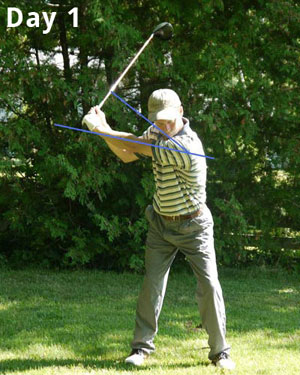
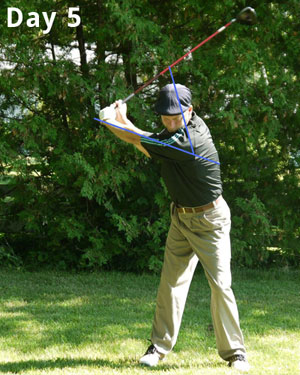
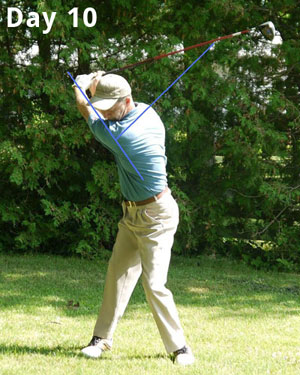
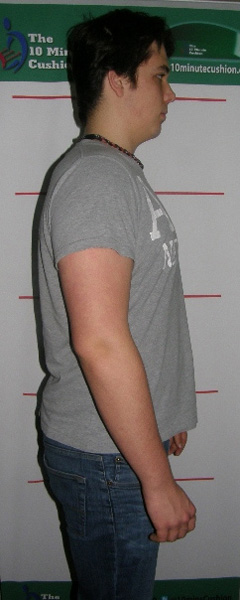
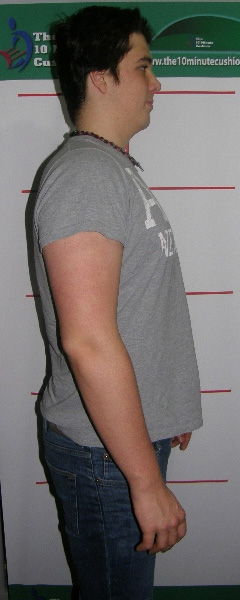
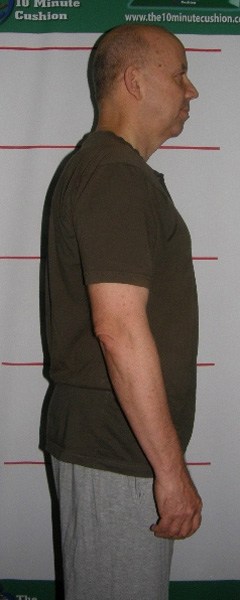
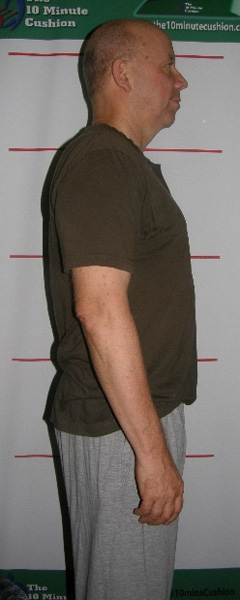
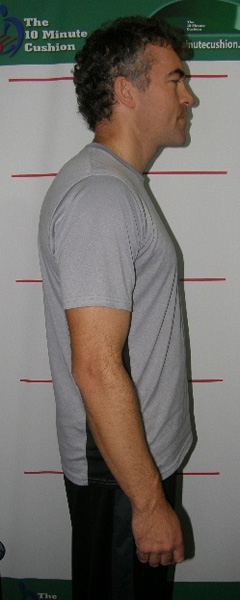
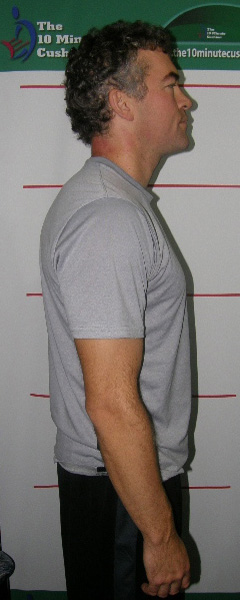
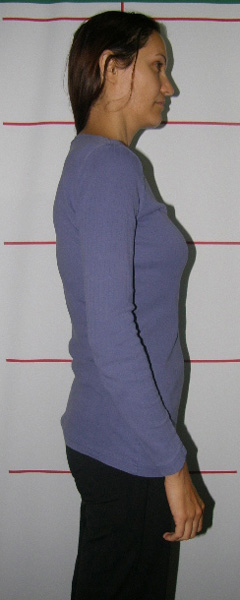
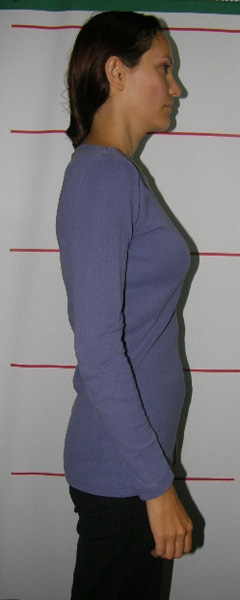
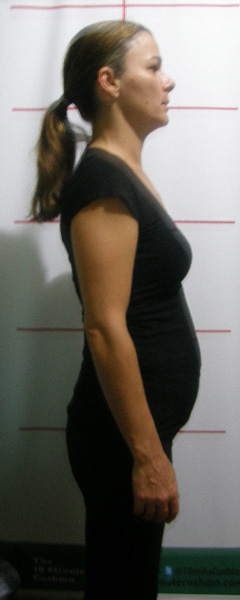
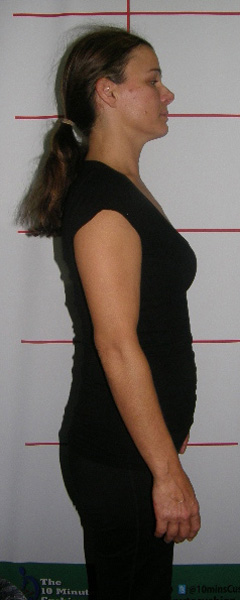
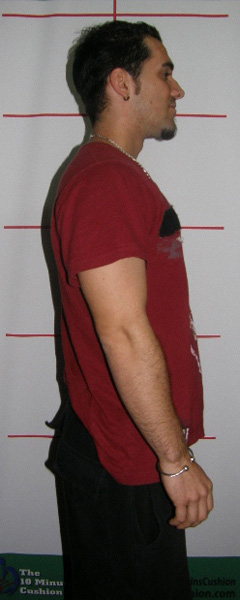
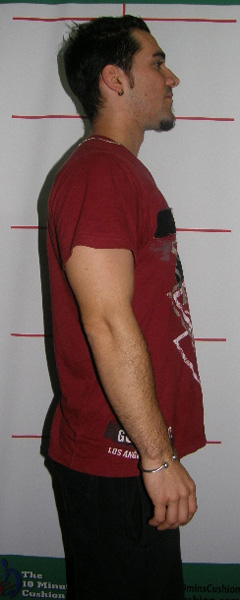
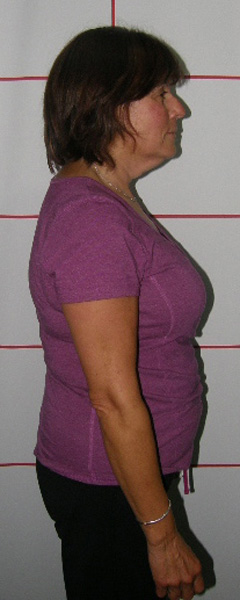
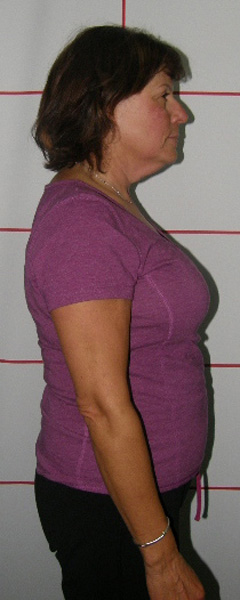

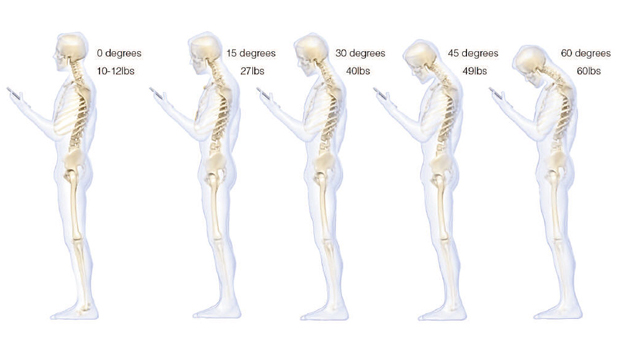
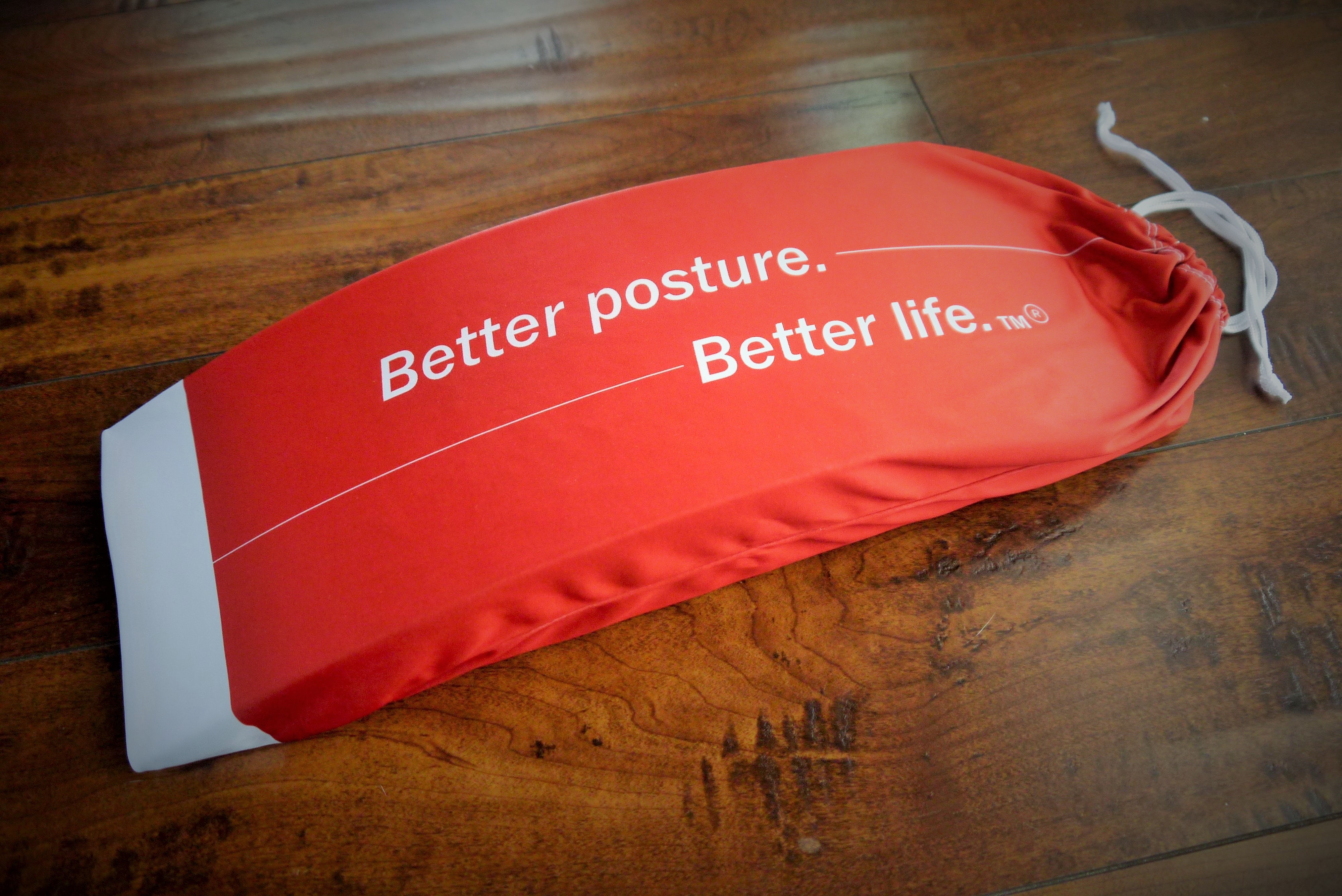
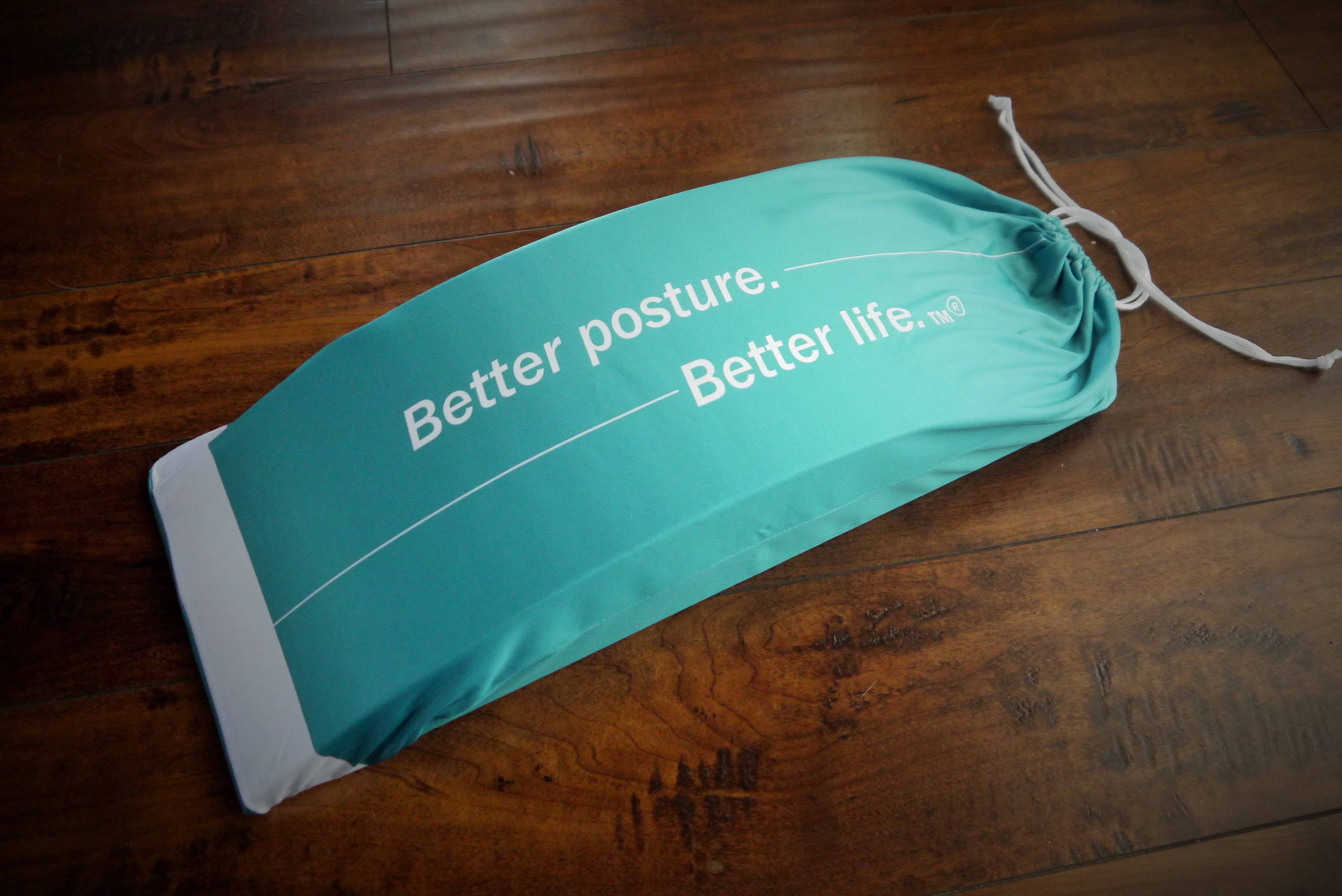
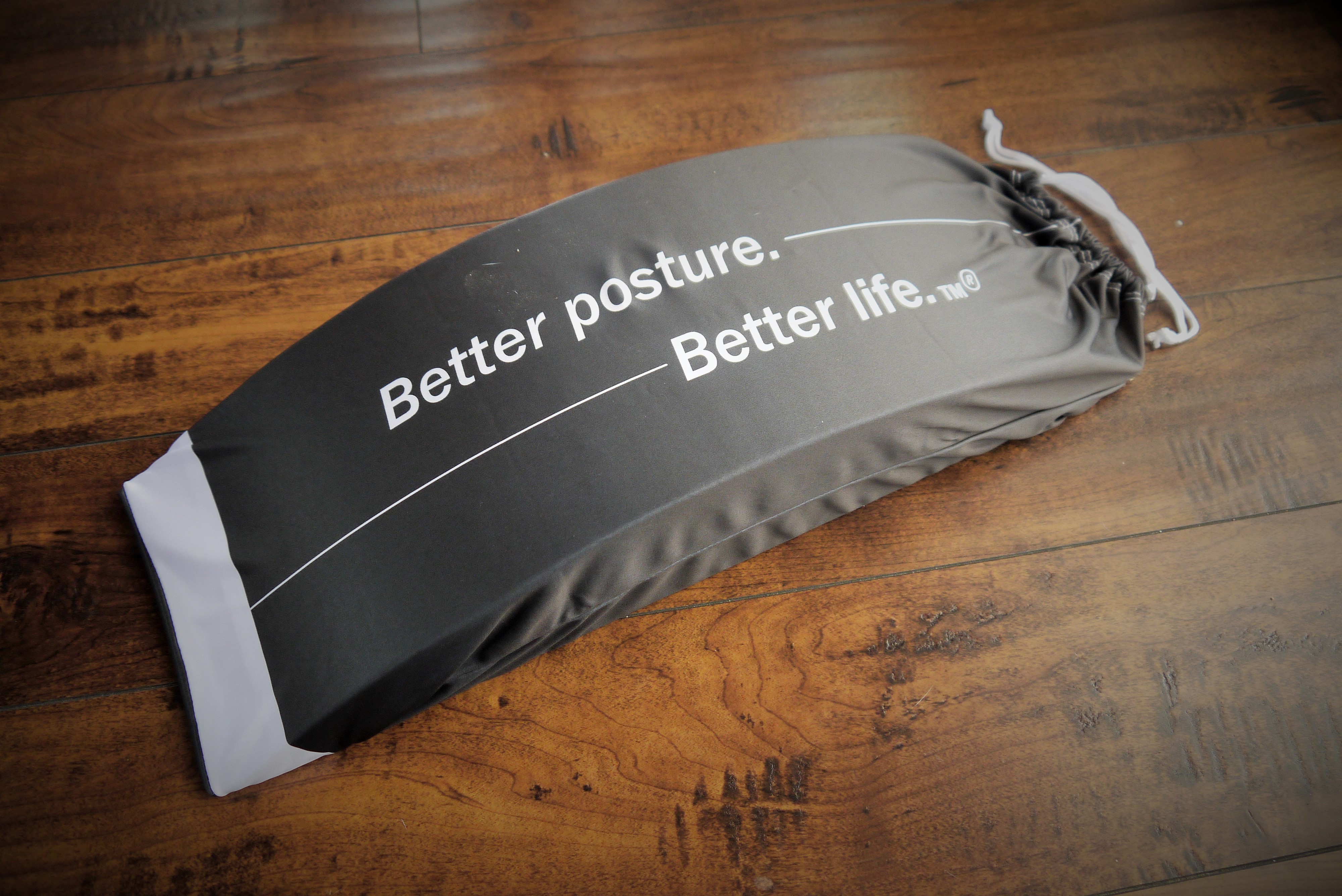
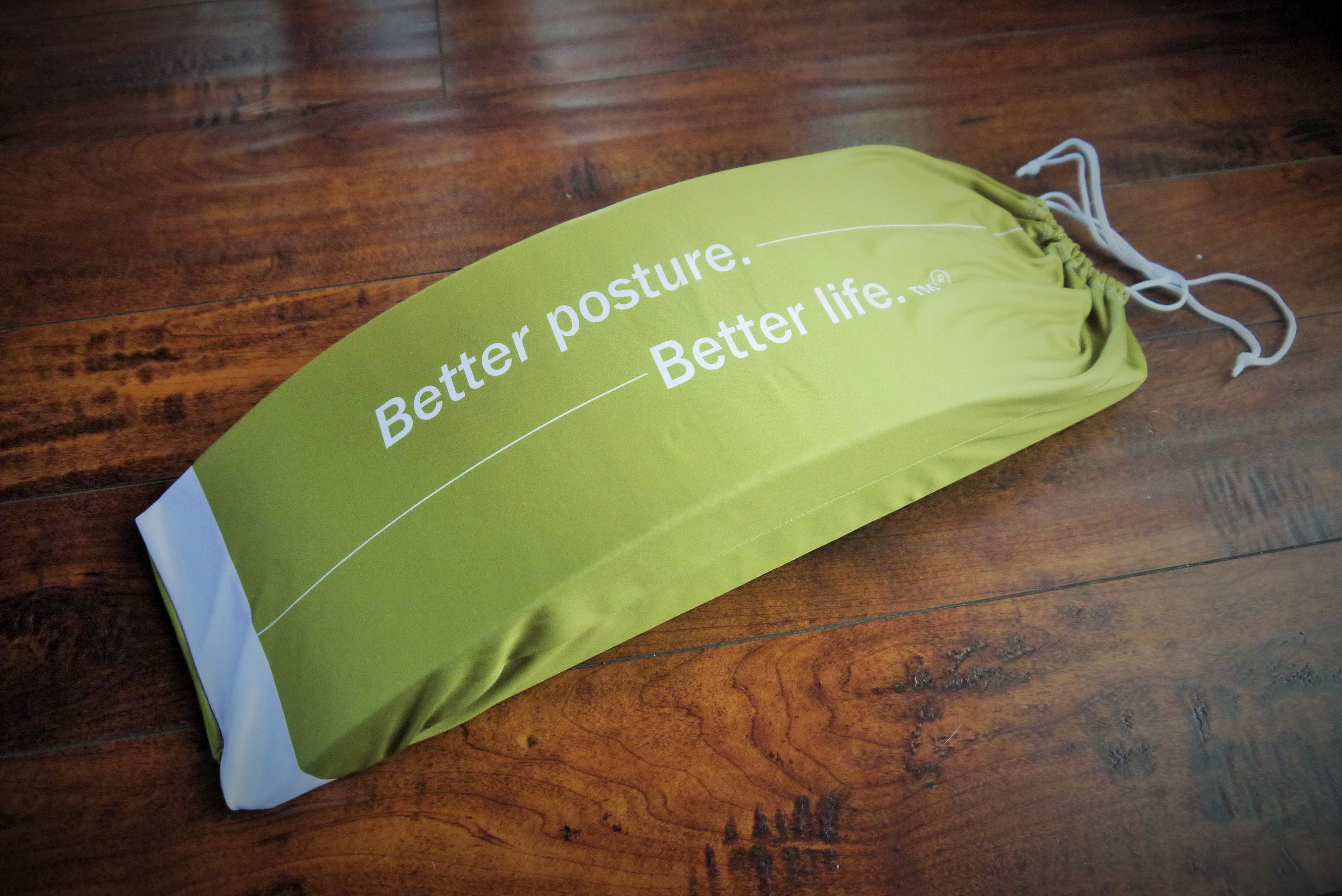
Follow Us!